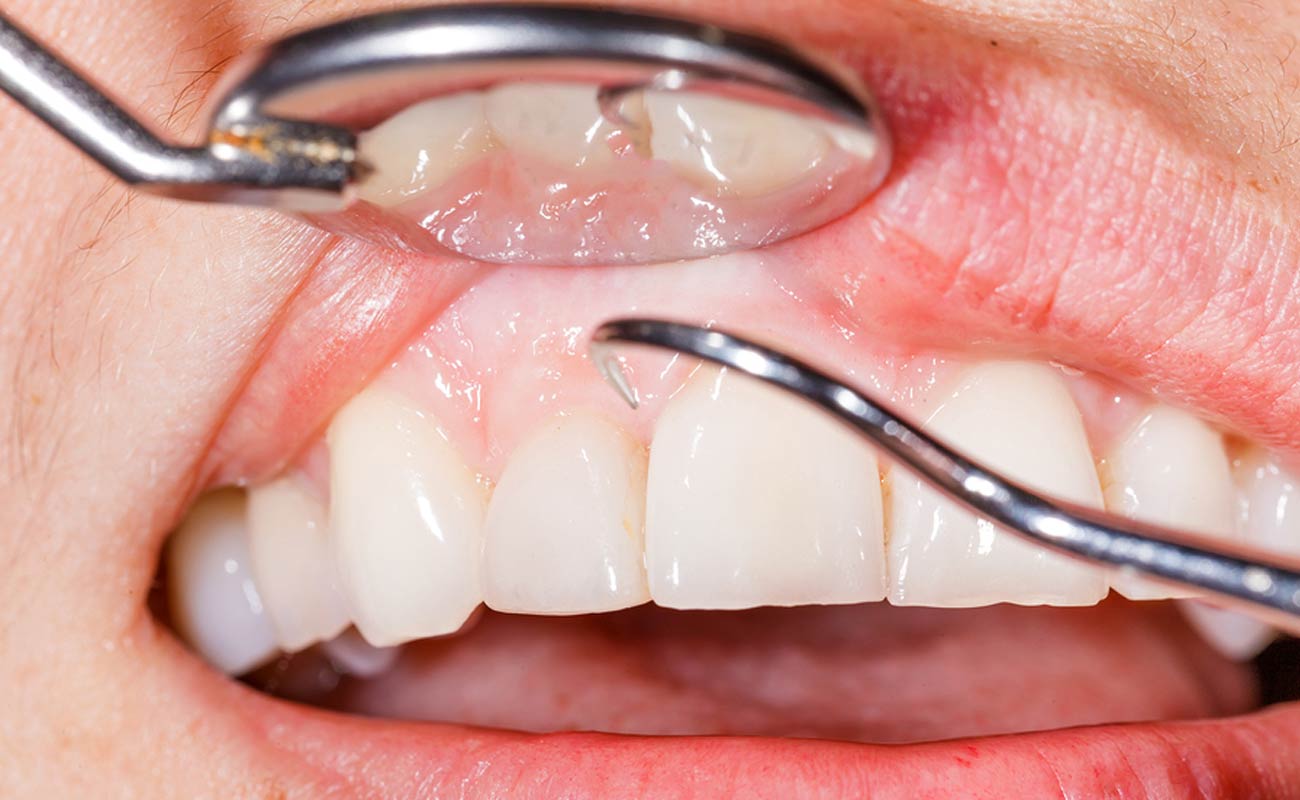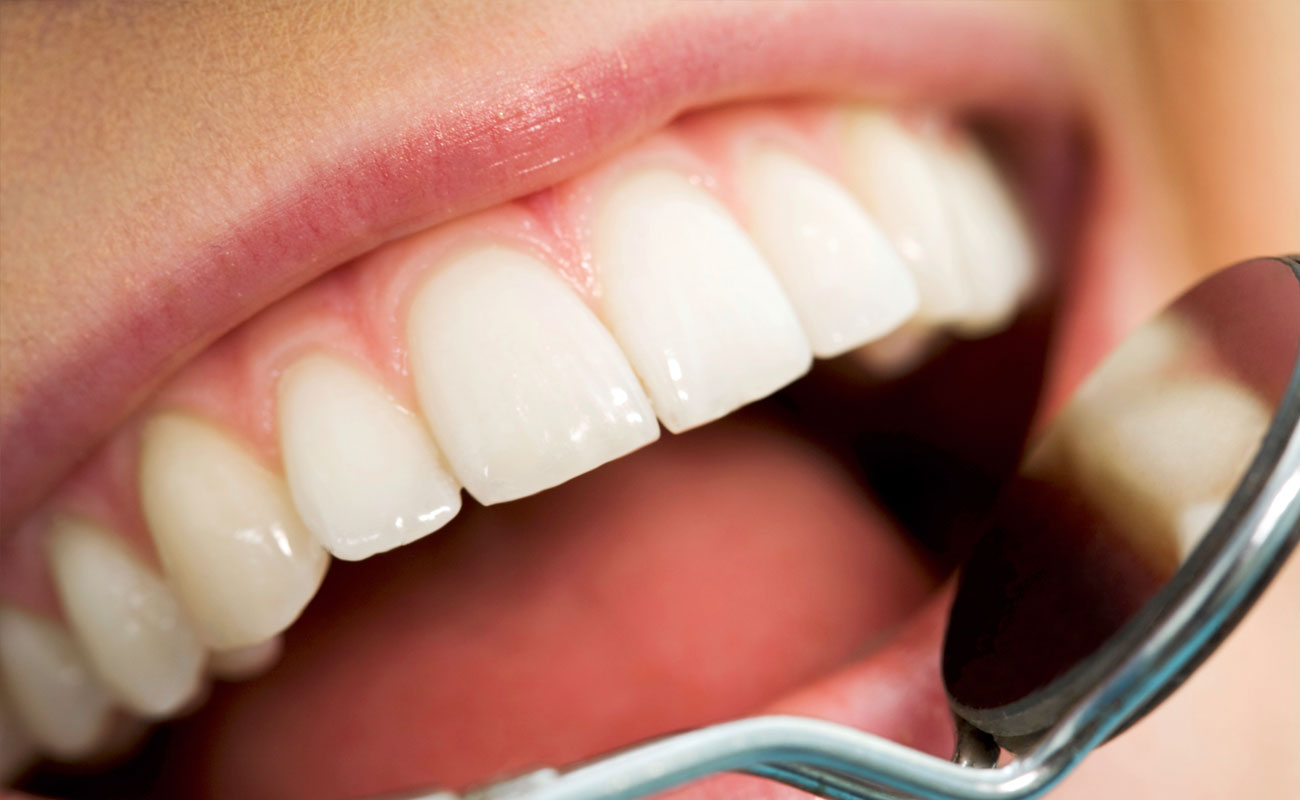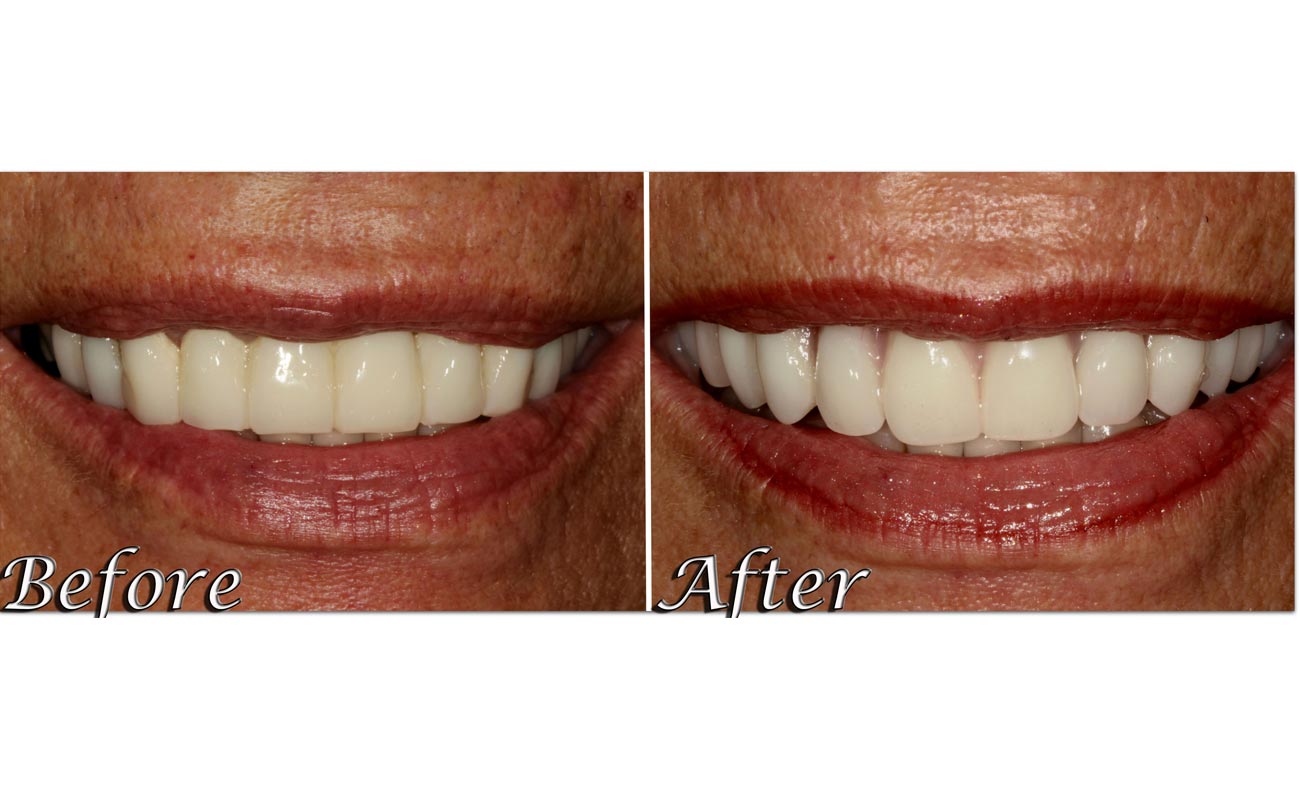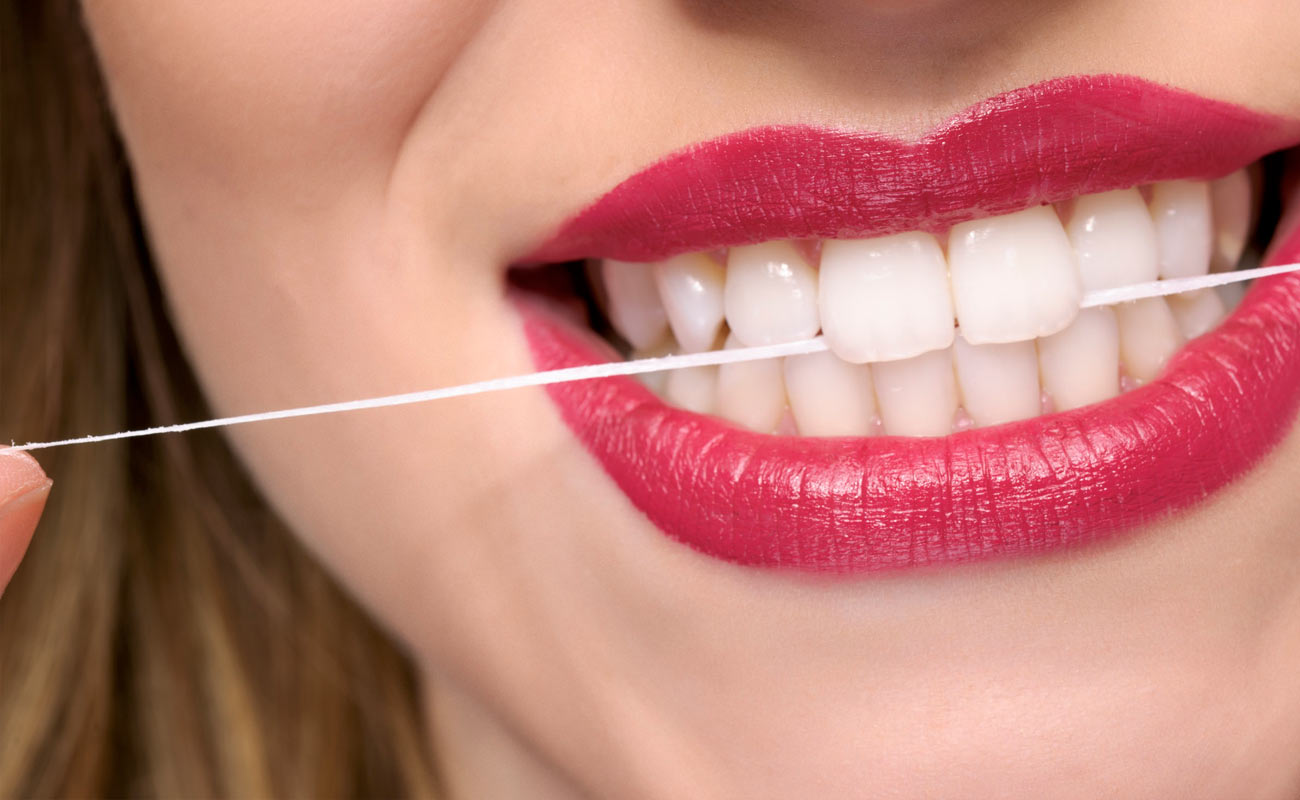Gum grafts can be used to cover roots or develop gum tissue where absent due to excessive gingival recession. During gum graft surgery, your periodontist takes gum tissue from your palate or another donor source to cover the exposed root. This can be done for one tooth or several teeth to even your gum line and reduce sensitivity.

Periodontal (gum) disease is a common cause of gum recession. Inadequate oral hygiene, genetic makeup, hormone changes, diabetes and other illnesses can all increase your risk of initial infection. However, the Centers for Disease Control and Prevention (CDC) reports that smokers are four times more likely to develop gum disease compared to nonsmokers. Most kinds of tobacco products can increase your risk in this way.
Other reasons for gum recession include an aggressive or improper brushing technique, the extreme force put on your teeth from grinding or clenching and occasionally the unusual forces brought on by misaligned teeth. Also, keep in mind tongue and lip piercings can rub and irritate the gums, wearing the gum tissue away.
When receding gums are caused by heavy tartar buildup and gum disease, the American Dental Association (ADA) suggests a professional cleaning as a first step in stopping the recession. Also called scaling and root planing, this procedure removes bacterial plaque and tartar buildup from your teeth and root surfaces, helping your gums heal and preventing any further recession.

If your recession is more extensive, however, consider gum graft surgery – which the American Academy of Periodontology (AAP) states not only repairs the wounded area, but also helps to prevent additional infection.
Three different types of gum tissue grafts are typically performed. Which type your dentist uses on you will depend on your specific needs. The graft procedures include:

Some dentists and patients prefer to use graft material from a tissue bank instead of from the roof of the mouth. Sometimes, tissue-stimulating proteins are used to encourage your body's natural ability to grow bone and tissue. Your dentist can tell you which method will work best for you.
You will be able to go home following the procedure. However, if your dentist gives you a sedative to help you relax, you will need to make arrangements to have someone else drive you home.
Your dentist will give specific instructions regarding postoperative care, such as diet, physical activity, and medications. Do not floss or brush the gum line that was repaired until the area has healed. You will be asked to rinse your mouth with a special mouth rinse to help control plaque during the healing process, and you may be put on an antibiotic to reduce the risk of infection.
For a week or two following gum grafting, eat soft, cool foods, such as eggs, pasta, Jell-O, yogurt, cottage cheese, well-cooked vegetables, and ice cream.
The amount of pain you have after surgery depends on the type of gum graft performed. If no tissue is removed from your palate, you should have little to no discomfort. However, if tissue is removed from your palate, you may be uncomfortable for a few days following the procedure. The wound on the roof of your mouth has been described as feeling like a major pizza burn, but the good news is it tends to heal quickly. Over-the-counter anti-inflammatory medication or prescription pain medication can help keep you comfortable in the days following surgery.
Keeping your teeth clean and gums healthy is key in preventing gum recession. Brush your teeth thoroughly twice a day with a soft-bristled brush, using the correct tooth brushing technique. And don't forget: Flossing daily cleans away bacteria and plaque that hide between your teeth. For even more protection, consider an antimicrobial mouthwash such as Colgate® Total Advanced Pro-Shield™ to fight bacteria quickly during the day.
Your dentist or dental hygienist may be the first to notice an area of gum recession while examining your teeth, and a professional cleaning can remove the tartar that your toothbrush can't clean off. So, be diligent about scheduling your regular examination and cleaning appointments.
If you grind your teeth at night, ask your dentist about a mouthguard to help break the habit, and discuss tooth-straightening options for any misaligned teeth. Ultimately, keeping watch for the early signs of gum disease – such as red, swollen gums that bleed easily, or persistent bad breath – will help you catch the infection before it requires professional care.
Preventing gum recession is much easier and less costly than treatment for receding gums. So, if you have been lacking a home care routine or recent dental appointment, ramp it up! And call your dentist at the first sign of periodontal trouble.

Though a gum graft isn’t nearly as bad as you might think, I can promise you that you do not want to go through the process twice. That is why it is important to:
American Academy of Periodontology: "Soft Tissue Grafts," "Periodontal Surgery: What Can I Expect?"
National Institute of Dental and Craniofacial Research, National Institutes of Health: "Periodontal (Gum) Disease: Causes, Symptoms, and Treatments."
Columbia University Medical Center, School of Dental & Oral Surgery: "Soft-Tissue Grafts," "Maintenance Therapy."
CDC: "Oral Health."
Bruce A. Edelstein, DDS, Atlanta.
Webmd, nicevillefldentist.com, colgate.com, perio.org
Submit Comment